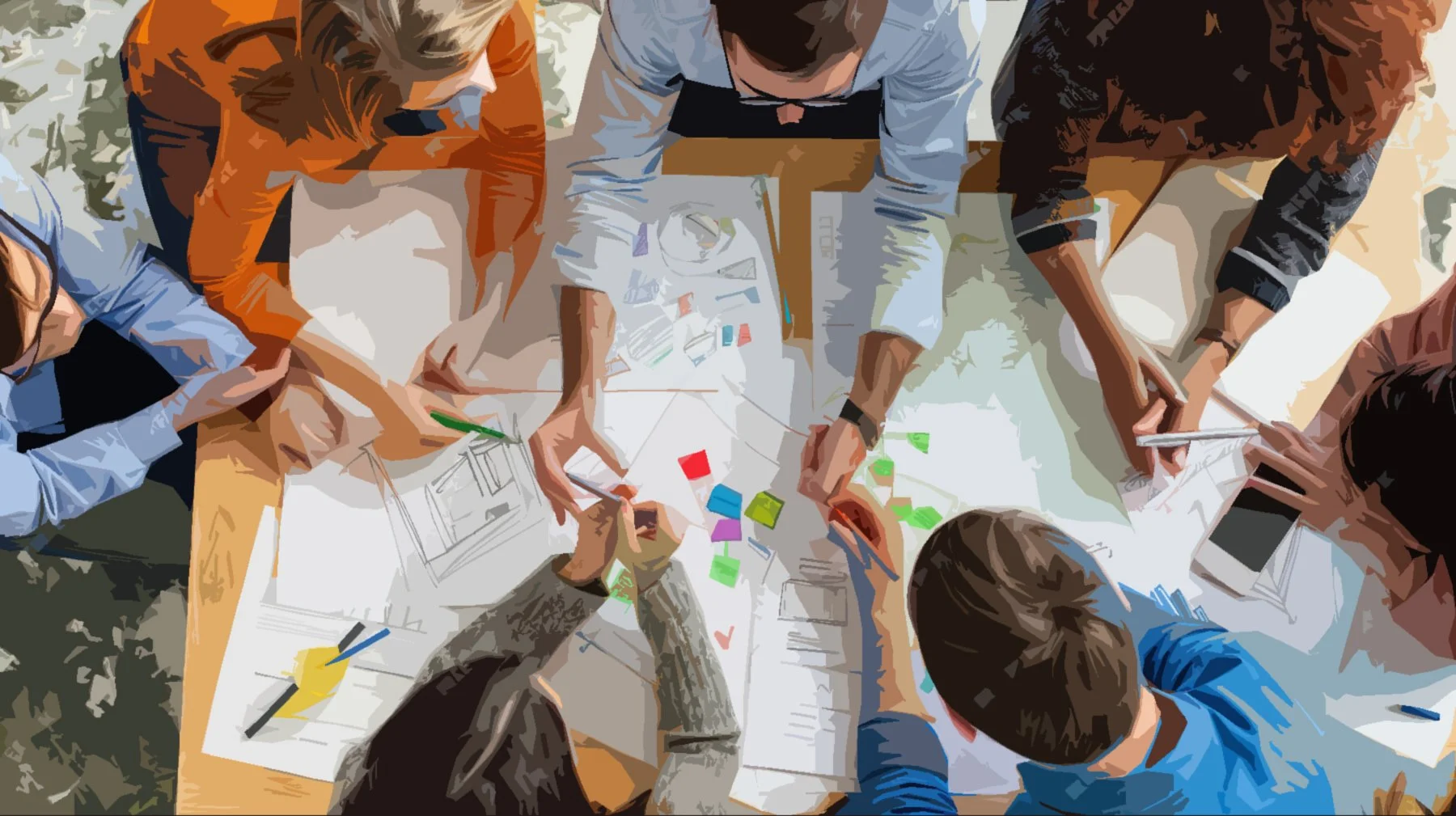How to Transform Unproductive Meetings
Meetings are meant to drive decisions and progress. Yet too often, they don’t.
When uncertainty arises about the right solution, meetings often get bogged down in unproductive chatter. The real issues get sidestepped, dominant voices take over while others stay silent.
According to an article in the Harvard Business Review called “Making Dumb Groups Smarter”, authors Cass R. Sunstein and Reid highlight how “groupthink” often leads teams astray.
They cite two key sources of poor, self-destructive decision-making: informational and reputational cascade effects.
“In informational cascades, people silence themselves out of dereference to the information conveyed by others. In reputational cascades they silence themselves to avoid the opprobrium of others.”
The result? Crucial perspectives go unheard, ideas lack diversity, and the team struggles to make the best decision.
So what can be done to break the cycle?
Drawing.
I’ve seen first-hand in my workshops how putting pen to paper brings clarity. Adopting drawing as a strategic tool disrupts habitual meeting dynamics, levels the playing field and unlocks new ways of thinking and communicating. Instead of relying solely on words, participants express their ideas through visuals.
Why does this approach work?
Sharper focus: Images strip away unnecessary details and help teams see the bigger picture.
Every voice matters: Drawing creates a shared starting point and removes hierarchy, making it easier for quieter team members to contribute. Drawings are capable of “speaking” when voices are quiet.
Drawing leads to discovery: Drawing helps teams uncover unexpected connections between ideas. This shift in perspective transforms challenges into opportunities, opening up new paths for innovation and problem-solving.
Creativity fuels collaboration: When people let go of assumptions, they become more open to new ideas. This mindset shift encourages richer discussions, better decision-making, and a more dynamic, interconnected way of thinking together.
Think about your own team. Do your meetings feel stuck? Are the same voices always driving the conversation? Are solutions delayed because no one is willing to confront the real issues?
Drawing isn’t a frivolous, lowbrow activity unfit for professional settings —it’s a powerful strategic tool for inviting collaboration, processing information, disrupting groupthink and ensuring every voice is heard.
What unconventional tools or approaches have you used to make meetings more engaging and effective?


